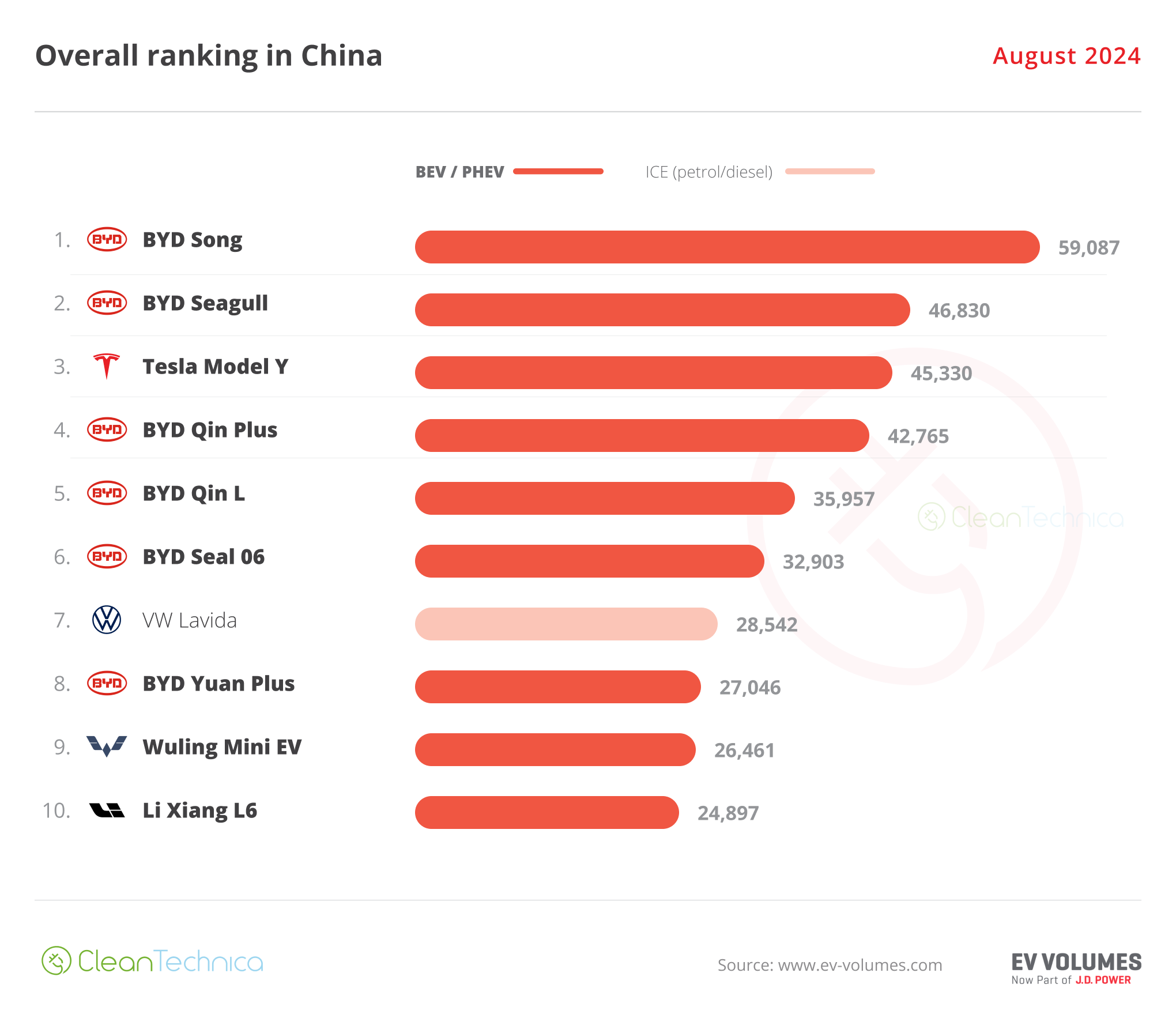Why should you have gold in your portfolio?
The World Gold Council puts it this way in its recent report Gold as a Strategic Asset.
“Gold has a key role as a strategic long-term investment and as a mainstay allocation in a well-diversified portfolio. Investors have been able to recognize much of gold’s value over time by maintaining a long-term allocation and taking advantage of its safe-haven status during periods of economic uncertainty.”
The WGC highlights several attributes that make gold an important portfolio diversifier.
“Gold is a highly liquid asset, which is no one’s liability, carries no credit risk, and is scarce, historically preserving its value over time. It also benefits from diverse sources of demand: as an investment, a reserve asset, gold jewelry, and a technology component.”
Here are three key ways gold can enhance your portfolio identified by the World Gold Council Report.
Diversification – Gold tends to be inversely correlated with equities and other risk assets, and this negative correlation tends to increase when these assets sell-off. For example, during the 2008 financial crisis, equities and risk assets plunged. Many of the common portfolio diversifiers fell as well, including many commodities, real estate, and hedge funds. Meanwhile, gold was up 21 percent in dollar terms from December 2007 to February 2009. Since gold is both an investment and a consumer good, the yellow metal also delivers a positive correlation with equities and other risk assets in a positive market.
Returns – Historically, gold has delivered long-term positive returns in both good and bad economic times. According to the WGC, “Its diverse sources of demand give gold a particular resilience and the potential to deliver solid returns in various market conditions.” Since 1971, gold has increased by 8 percent per year on average. Over this period, gold’s long-term return compares favorably to equities, and it is higher than bonds. Gold has also outperformed many other major asset classes over the past 3, 5, 10 and 20 years.
Liquidity – The gold market is massive. The World Gold Council estimates physical gold holdings by central banks and investors come to $5.1 trillion. The sheer size of the gold market makes it extremely liquid. In fact, it is more liquid than the euro/yen markets and the Dow. Trading volumes for gold are comparable to the U.S. T-bill market. And in stark contrast to many financial markets, gold’s liquidity does not dry up, even during times of financial stress. Gold’s liquidity enables investors to meet liabilities when less liquid assets in their portfolio are difficult to sell, or mispriced.
The World Gold Council sums it up this way.
“Combined, these characteristics make gold a clear complement to stocks and bonds and a welcome addition to broad-based portfolios.”
*********




